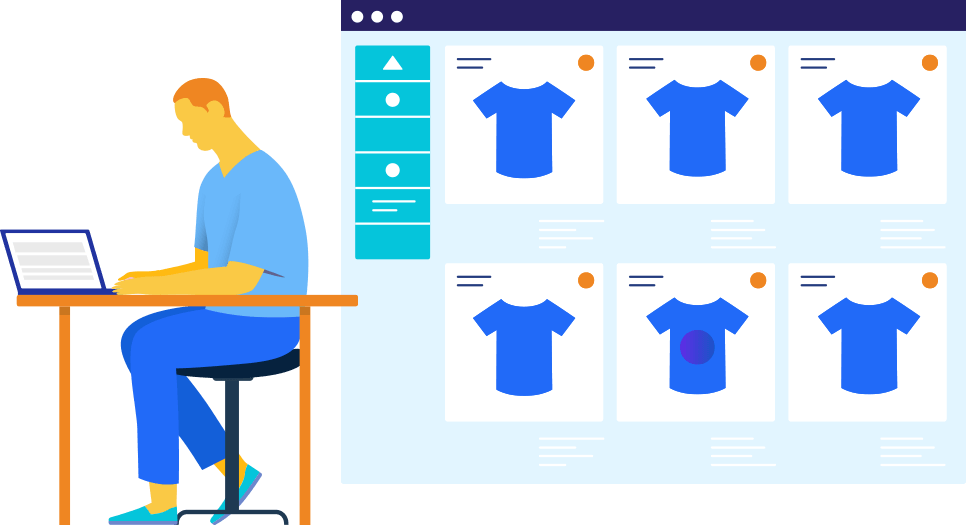Handmade Products
Are you an artist or crafter that creates unique, one-of-a-kind items? Then your main product source will be coming directly from your skilled hands. With this method, you’ll need to establish how you’re going to procure the raw materials necessary to create your products and how much they will cost. Think about buying raw materials in bulk, organizing the hours of labor needed, determining the amount of product you’ll need before you can open up shop, etc.
Wholesale Products
This method is the most popular form of sourcing products and is the type you’ll see in most brick-and-mortar stores. Your products will come from bulk stock purchased from wholesale suppliers, which you will then sell individually at a higher price to make a profit. With this method, you’ll need to think about how much stock you’ll need to start out with and how much initial capital you’ll need to initially invest in order to start selling.
Dropshipping
Are you looking to start your business with low risk and low capital? With dropshipping, you won’t have to worry about procuring your own stock and shipping your own products. You simply choose a supplier, import your selected products from their inventory onto your online store, and sell the products directly consumers. From there, orders go directly to your supplier, who fulfill and ship them in your place. While this method doesn’t garner the highest profits, it’s the easiest way to start an eCommerce business.














